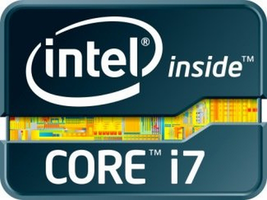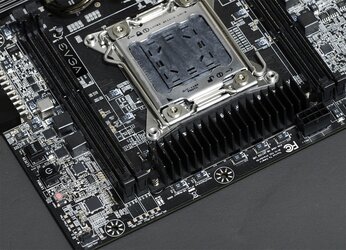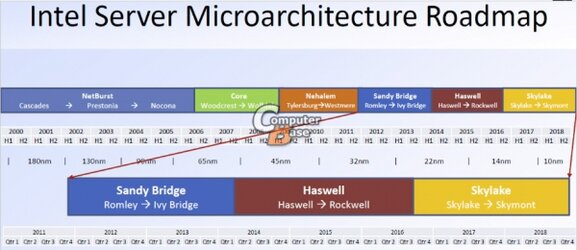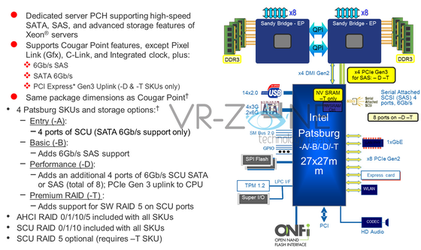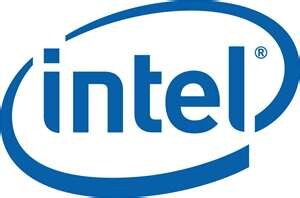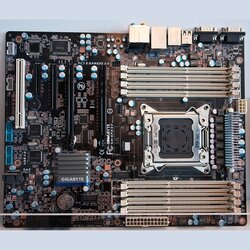- Joined
- May 30, 2004
- Location
- Folding@Home
- Thread Starter
- #21
Intel's Next-Generation Extreme Processors to Retain Core i7 Trademark.

http://www.xbitlabs.com/news/cpu/di...e_Processors_to_Retain_Core_i7_Trademark.html
Also......
I doubt this, but for anyone whom wants to read up on it :
http://www.xbitlabs.com/news/mainbo...port_Current_and_Future_Enthusiast_Chips.html
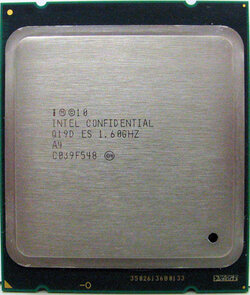
Intel Corp.'s Core i7-series microprocessors have been the highest-performing chips on the market for many years now. Apparently, Intel is so confident about the brand that even the next-generation high-end code-named Sandy Bridge-E microprocessors will continue to carry it.
http://www.xbitlabs.com/news/cpu/di...e_Processors_to_Retain_Core_i7_Trademark.html
Also......
Intel's Next-Generation High-End Chipset May Possibly Support Current and Future Enthusiast Chips.
I doubt this, but for anyone whom wants to read up on it :
http://www.xbitlabs.com/news/mainbo...port_Current_and_Future_Enthusiast_Chips.html
